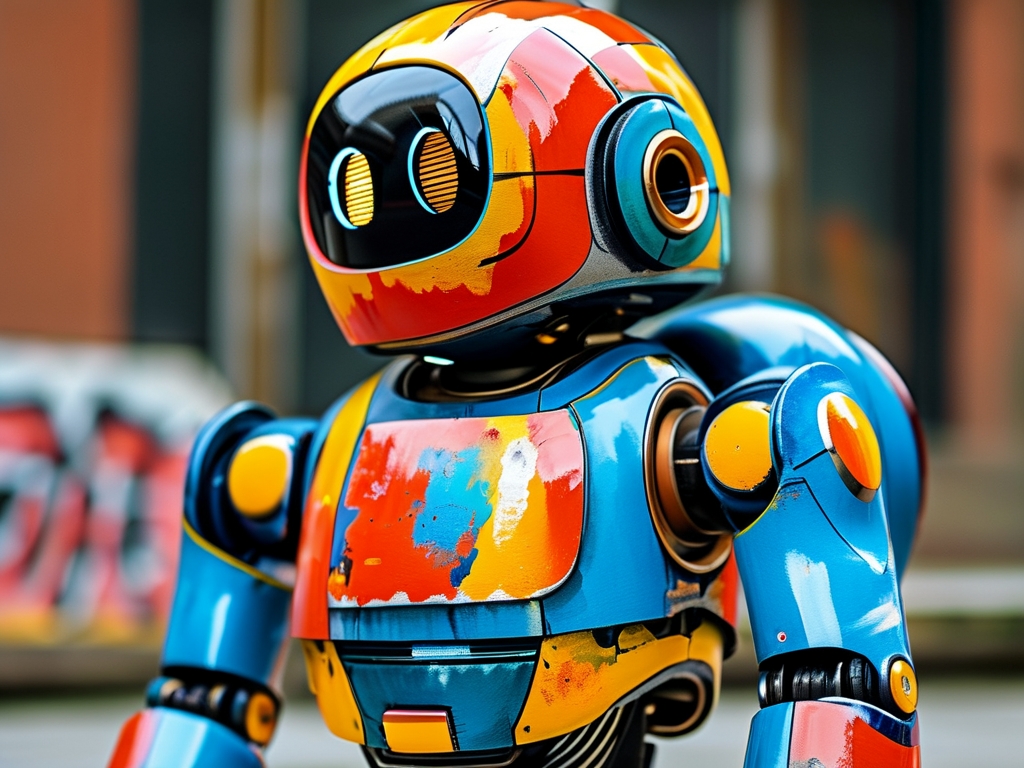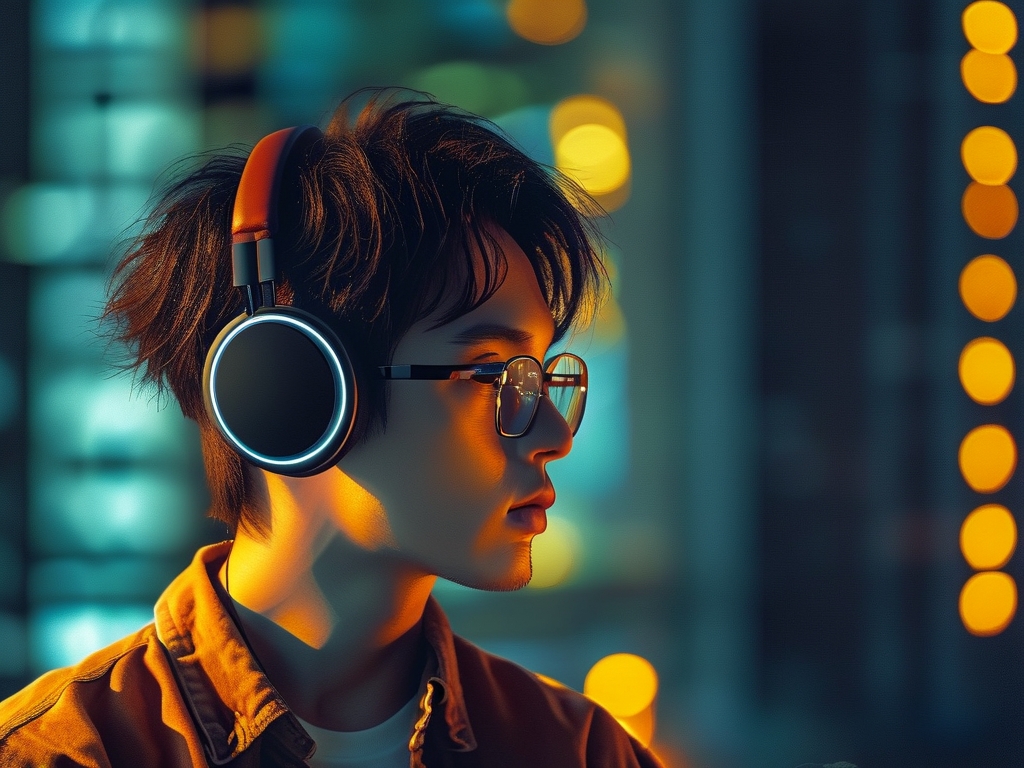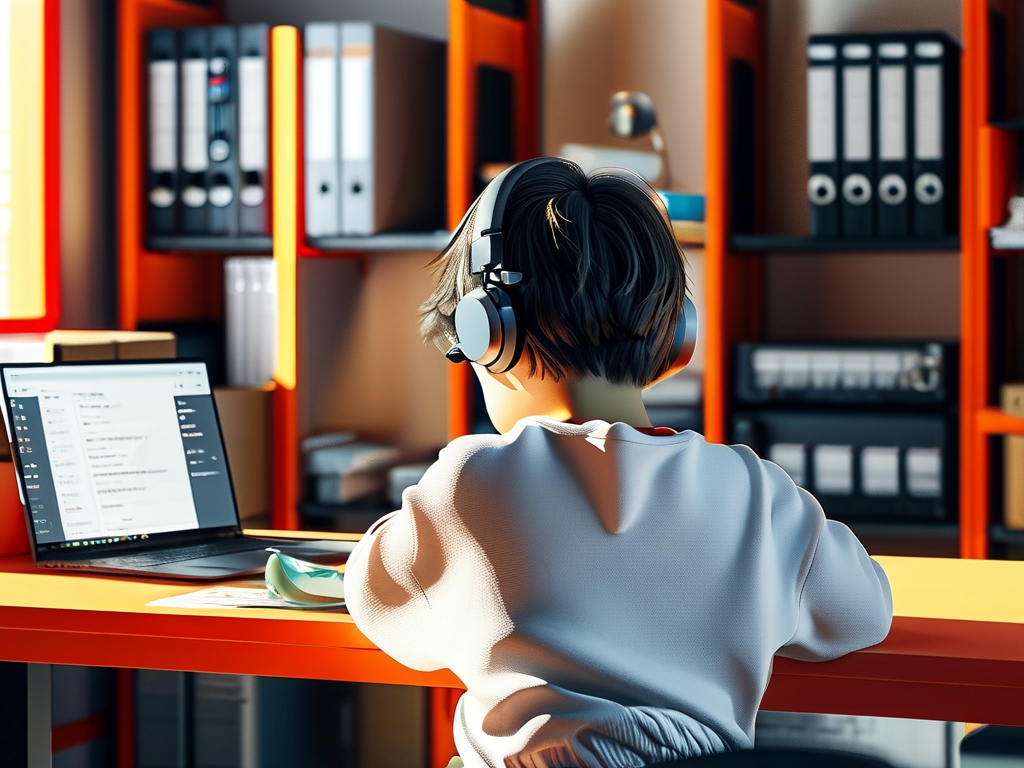In an era where technology intersects with artistry, painting robotics technology has emerged as a groundbreaking innovation, redefining how industries approach design, manufacturing, and creative expression. By blending precision engineering with artistic vision, these advanced systems are transforming everything from automotive manufacturing to large-scale murals, proving that machines can indeed collaborate with human creativity.

The Evolution of Painting Robotics
Painting robotics technology traces its roots to industrial automation in the mid-20th century. Early robotic arms were designed for repetitive tasks like welding or assembly, but advancements in sensors, artificial intelligence (AI), and material science paved the way for more nuanced applications. Today’s painting robots integrate 3D vision systems, adaptive path-planning algorithms, and eco-friendly material dispensers to achieve results that rival—and sometimes surpass—human craftsmanship.
A key breakthrough has been the development of dynamic brushstroke simulation. Unlike conventional spray-painting robots limited to uniform coatings, modern systems analyze surface textures, angles, and environmental conditions to mimic the subtleties of hand-painted strokes. For instance, automotive companies like BMW and Tesla now use painting robots to apply intricate multicolor finishes with zero overspray, reducing waste by 30% compared to manual methods.
Applications Across Industries
-
Automotive and Aerospace:
Painting robots dominate vehicle manufacturing, ensuring flawless coatings on curved surfaces and complex geometries. In aerospace, they apply heat-resistant layers to turbine blades, adhering to micron-level precision standards. The ability to work in hazardous environments (e.g., high-temperature paint chambers) also enhances worker safety. -
Architecture and Interior Design:
Large-scale murals and building facades once required months of labor. Now, robotic systems like GraffitiWriter can replicate street art styles or generate original designs on walls spanning hundreds of meters. In luxury interiors, robots apply gold leaf patterns or faux finishes with unmatched consistency. -
Fine Art and Conservation:
Museums are adopting painting robots for art restoration. Using spectral analysis, robots recreate faded pigments or repair damaged brushwork without human error. Artists like Patrick Tresset collaborate with AI-driven robots to produce hybrid artworks, challenging perceptions of authorship in creativity.
Technical Challenges and Innovations
Despite its promise, painting robotics faces hurdles. One major challenge is material adaptability. Paints, oils, and dyes behave differently under varying temperatures and humidity levels. To address this, companies like ABB Robotics have developed self-calibrating nozzles that adjust viscosity and flow rates in real time.
Another frontier is AI-driven creativity. Projects like Google’s DeepDream and MIT’s Robotic Paintbrush explore generative algorithms that let robots “improvise” designs based on input themes. While critics argue this risks homogenizing art, proponents see it as a tool for democratizing creativity—enabling anyone to co-create with machines.
Ethical and Economic Implications
The rise of painting robotics sparks debates about job displacement. In industrial sectors, robotic painters reduce reliance on skilled laborers, potentially shrinking employment opportunities. However, new roles in robot maintenance, AI training, and digital design are emerging. For artists, the technology offers a double-edged sword: while it lowers barriers to large-scale projects, it also raises questions about the value of “handmade” art in a machine-augmented world.
Environmental benefits are another bright spot. Precision application minimizes toxic runoff, and water-based paints optimized for robotic use are reducing VOC emissions. Companies like Toyota report a 40% drop in paint-related waste since adopting robotic systems.
The Future: Collaborative Creativity
Looking ahead, the fusion of painting robotics with augmented reality (AR) and IoT promises even greater synergy. Imagine architects using AR glasses to visualize a building’s color scheme, then deploying robots to execute it overnight. Or homeowners customizing wall art via an app, with robots translating their doodles into polished murals.
Researchers are also exploring biodegradable “smart paints” that change color based on environmental stimuli—a concept achievable only through robotic precision. Such innovations could revolutionize sectors like urban planning, where adaptive coatings might regulate building temperatures or display public information.
Painting robotics technology is more than a tool—it’s a bridge between logic and imagination. By automating the tedious and amplifying the creative, it empowers industries and individuals to reimagine what’s possible. As machines grow “smarter,” the true test will lie not in replacing human ingenuity but in forging partnerships where both humans and robots thrive. The canvas of the future is vast, and with painting robotics, we’ve only just begun to sketch its potential.



